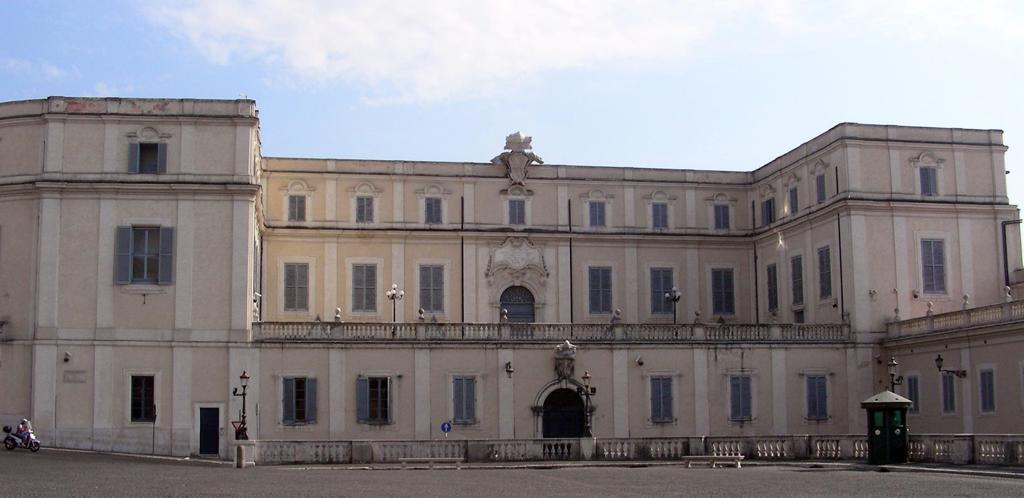About Scuderie del Quirinale
The grand façade of the Scuderie del Quirinale, with its elegant neoclassical architecture, stands as a testament to Rome's rich artistic heritage. Originally built in the 18th century as the papal stables, the building's design reflects the grandeur and sophistication of its time. The symmetrical lines and imposing columns create a sense of balance and harmony, inviting visitors to explore the cultural treasures within. The Scuderie, now a renowned exhibition space, hosts some of the most prestigious art exhibitions in Italy, drawing art lovers from around the world to its halls.
Located on the Quirinal Hill, one of the seven hills of Rome, the Scuderie del Quirinale offers more than just a glimpse into the past. Its transformation from stables to a cultural venue mirrors the city's evolution, blending historical significance with contemporary relevance. The building's strategic position provides stunning views of Rome, connecting visitors to the city's ancient roots while they engage with modern artistic expressions. This juxtaposition of old and new is a hallmark of Rome's enduring appeal, where history and modernity coexist seamlessly.
Right Where It Began
The Scuderie del Quirinale's origins as papal stables are deeply intertwined with the history of the Quirinal Palace, once the residence of popes and now the official residence of the President of the Italian Republic. The stables were designed by architect Ferdinando Fuga in the 18th century, reflecting the opulence and power of the papacy during that era. Today, the building's historical roots are preserved in its architecture, while its function has shifted to serve as a bridge between the past and present, hosting exhibitions that celebrate both historical and contemporary art.
Plan your perfect trip to Rome with Travo! Download now and start exploring.
Marks of Time
The architectural details of the Scuderie del Quirinale tell stories of its past. The grand entrance, with its imposing doors and intricate stonework, speaks to the building's original purpose and the importance of the Quirinal Hill in Roman history. Inside, the spacious galleries, once home to horses and carriages, now provide a backdrop for art from around the world. The transformation of these spaces is a testament to Rome's ability to adapt and repurpose its historical structures, ensuring their relevance in the modern world.
Stories in Stone
The stone walls of the Scuderie del Quirinale have witnessed centuries of change, from the days of papal processions to the vibrant art exhibitions of today. Each stone seems to hold a story, a silent witness to the evolution of Rome. The building's restoration and adaptation for modern use have preserved these stories, allowing visitors to connect with the past while engaging with contemporary art. The exhibitions held here often draw on this rich history, creating dialogues between the artworks and the space they inhabit.
Details That Speak
Notice the subtle details in the Scuderie's design, from the elegant cornices to the carefully restored frescoes that adorn its interior. These elements speak to the craftsmanship and artistry of the 18th century, offering a glimpse into the aesthetic values of the time. The building's restoration has been meticulous, ensuring that these details are preserved for future generations. As visitors move through the galleries, they are invited to appreciate not only the art on display but also the artistry of the building itself.
Living History
Today, the Scuderie del Quirinale stands as a vibrant cultural hub, hosting exhibitions that range from classical masterpieces to cutting-edge contemporary works. This dynamic programming reflects Rome's ongoing dialogue with its artistic heritage, where the past informs the present. The Scuderie's role as a cultural venue ensures that it remains a living part of Rome's history, a place where art and history converge to inspire and educate. For visitors, it offers a unique opportunity to experience the richness of Rome's cultural landscape, where every visit is a journey through time.

Map loading...
Location
16 Via Ventiquattro Maggio, 00187, Rome
